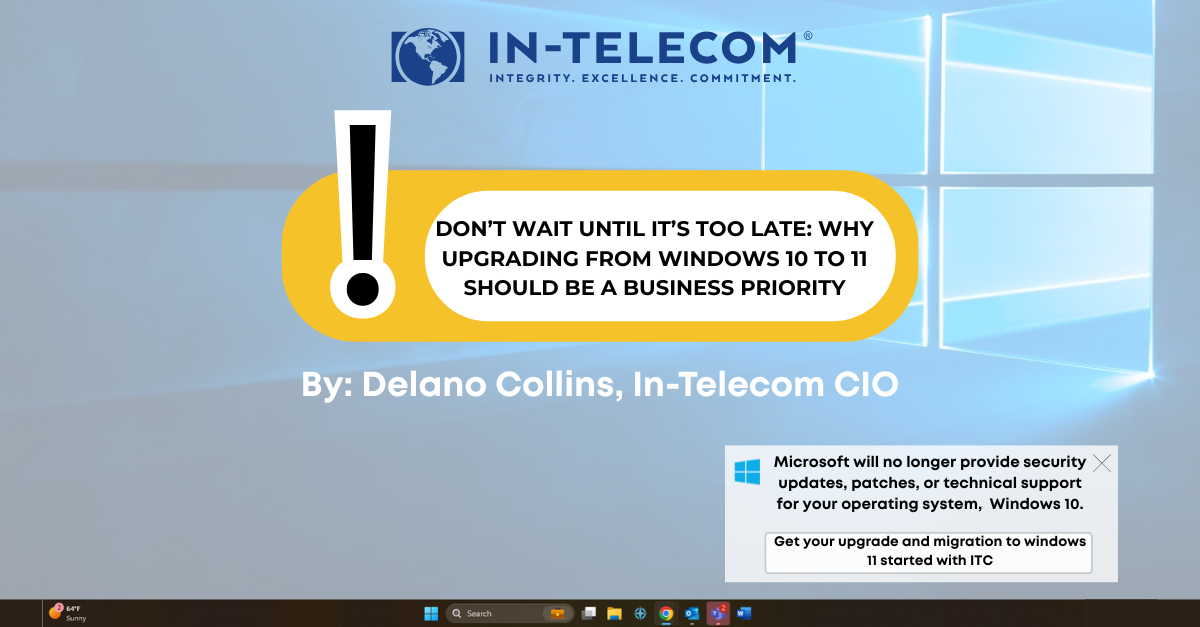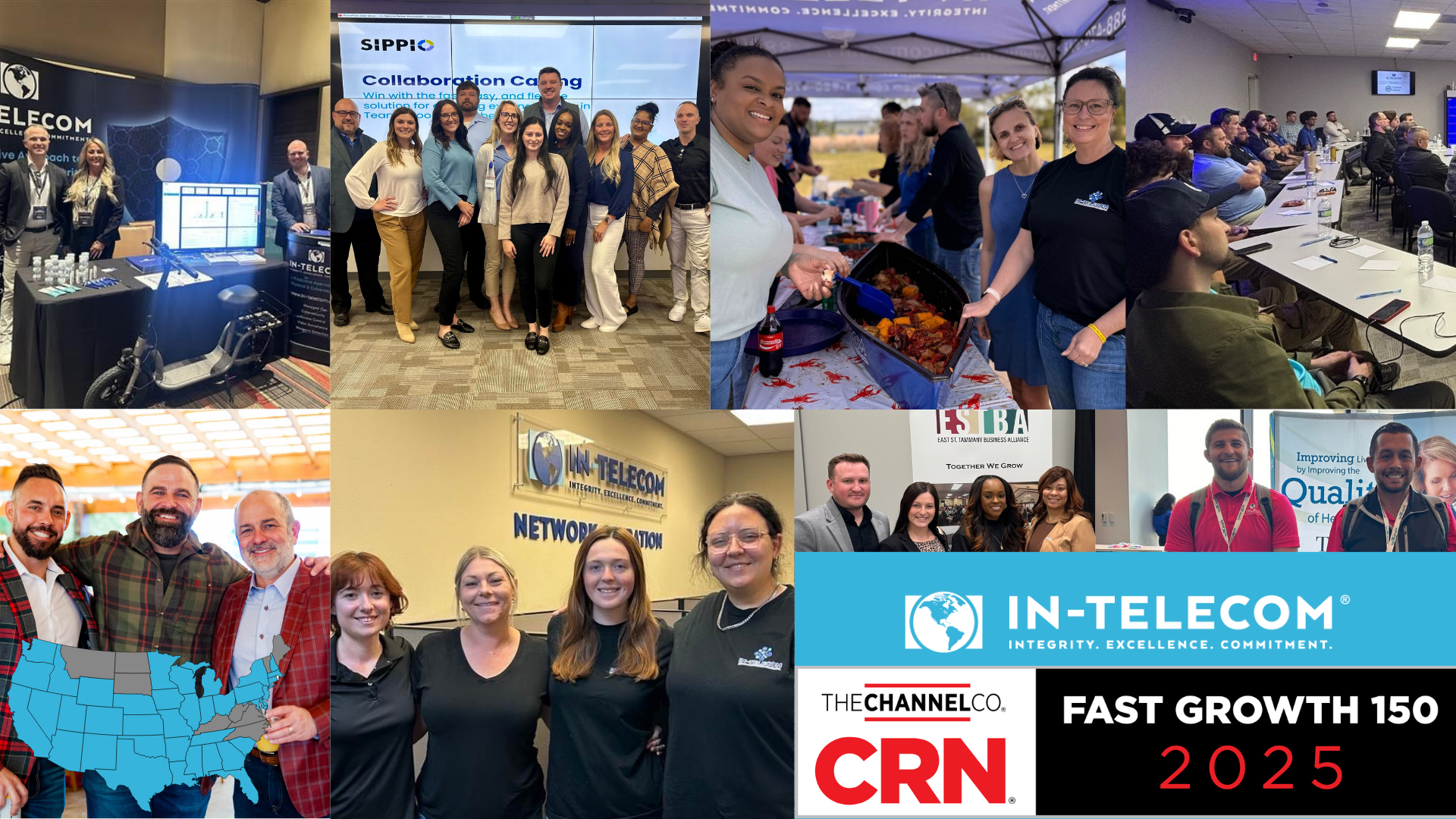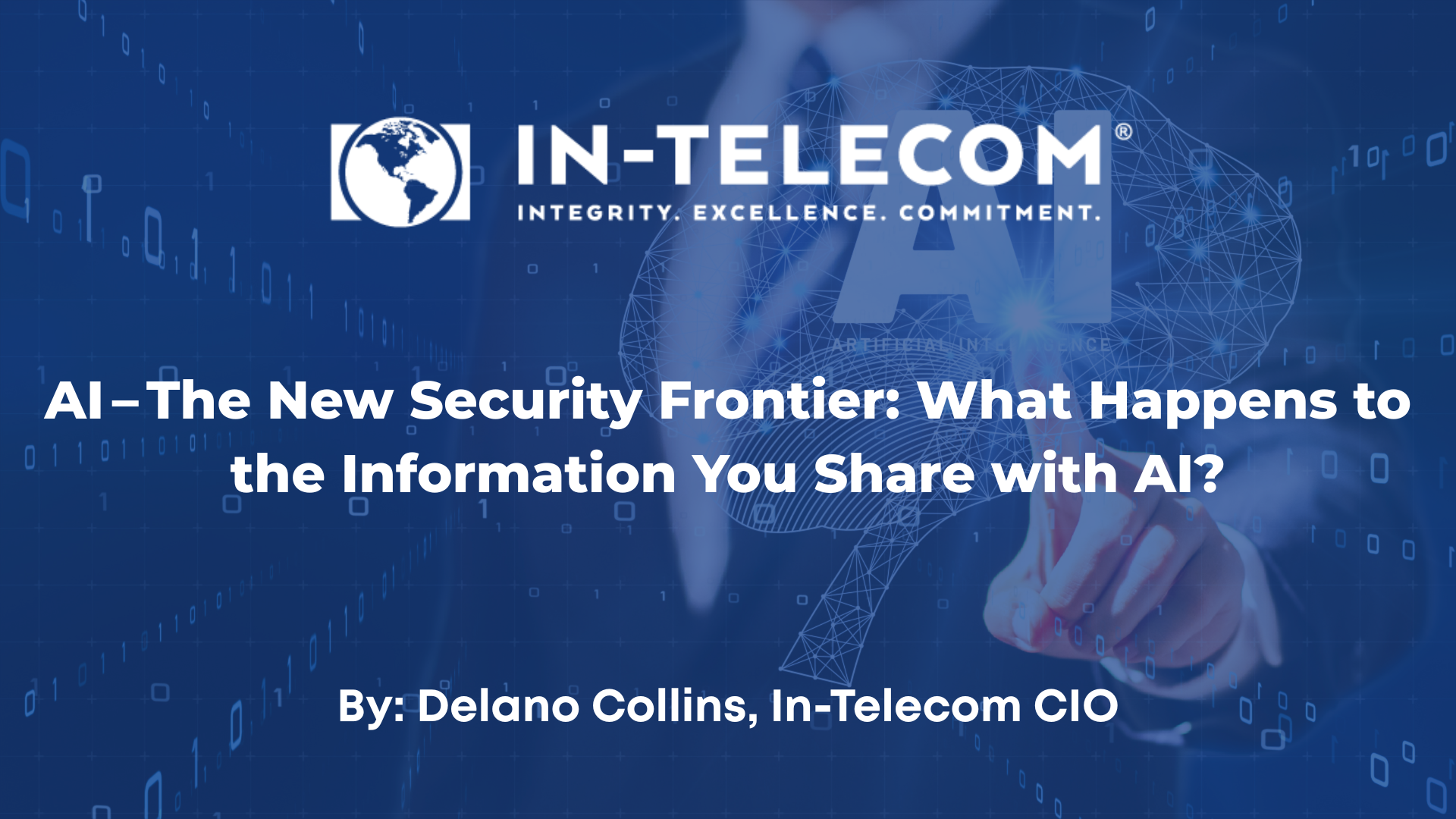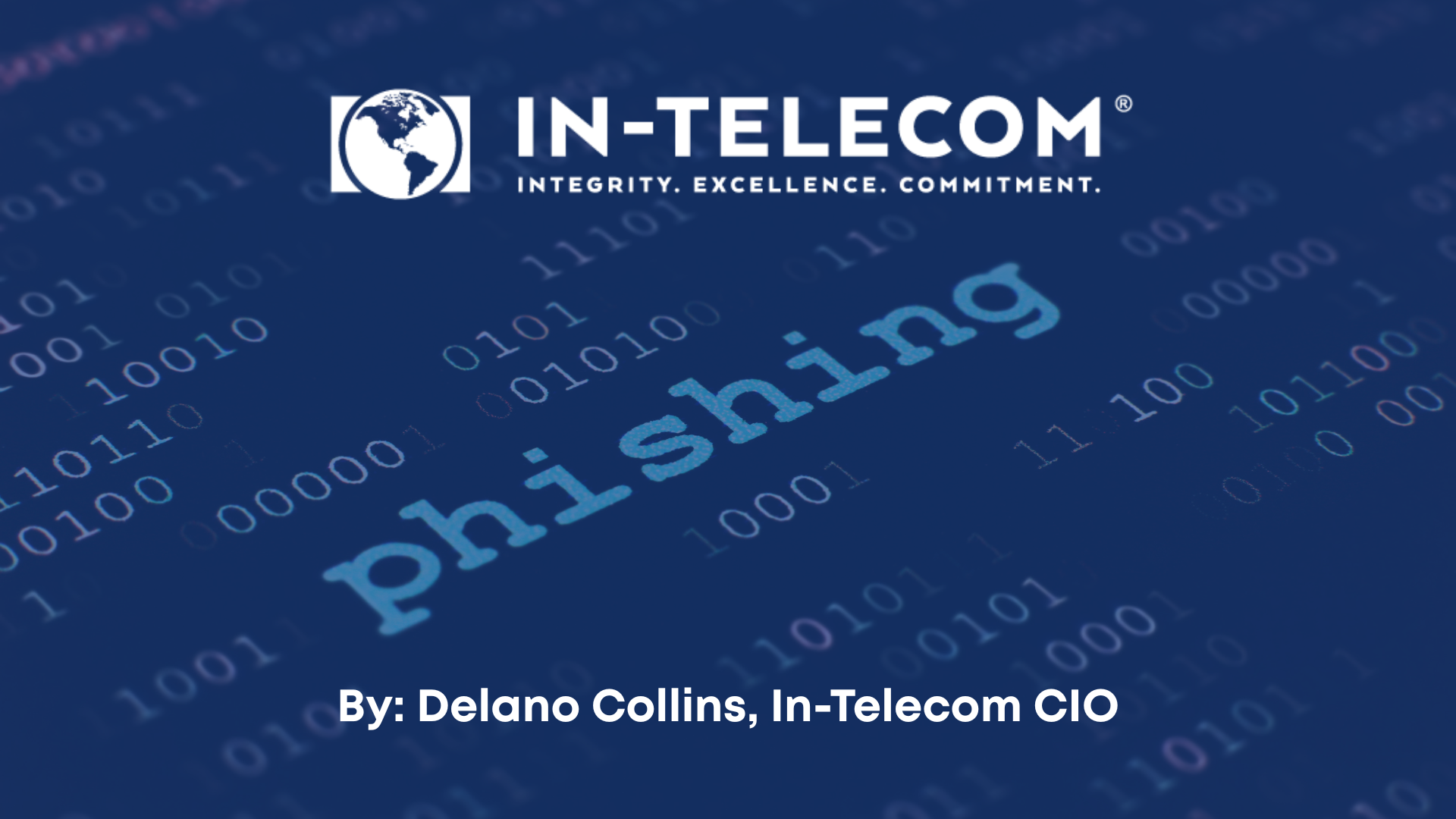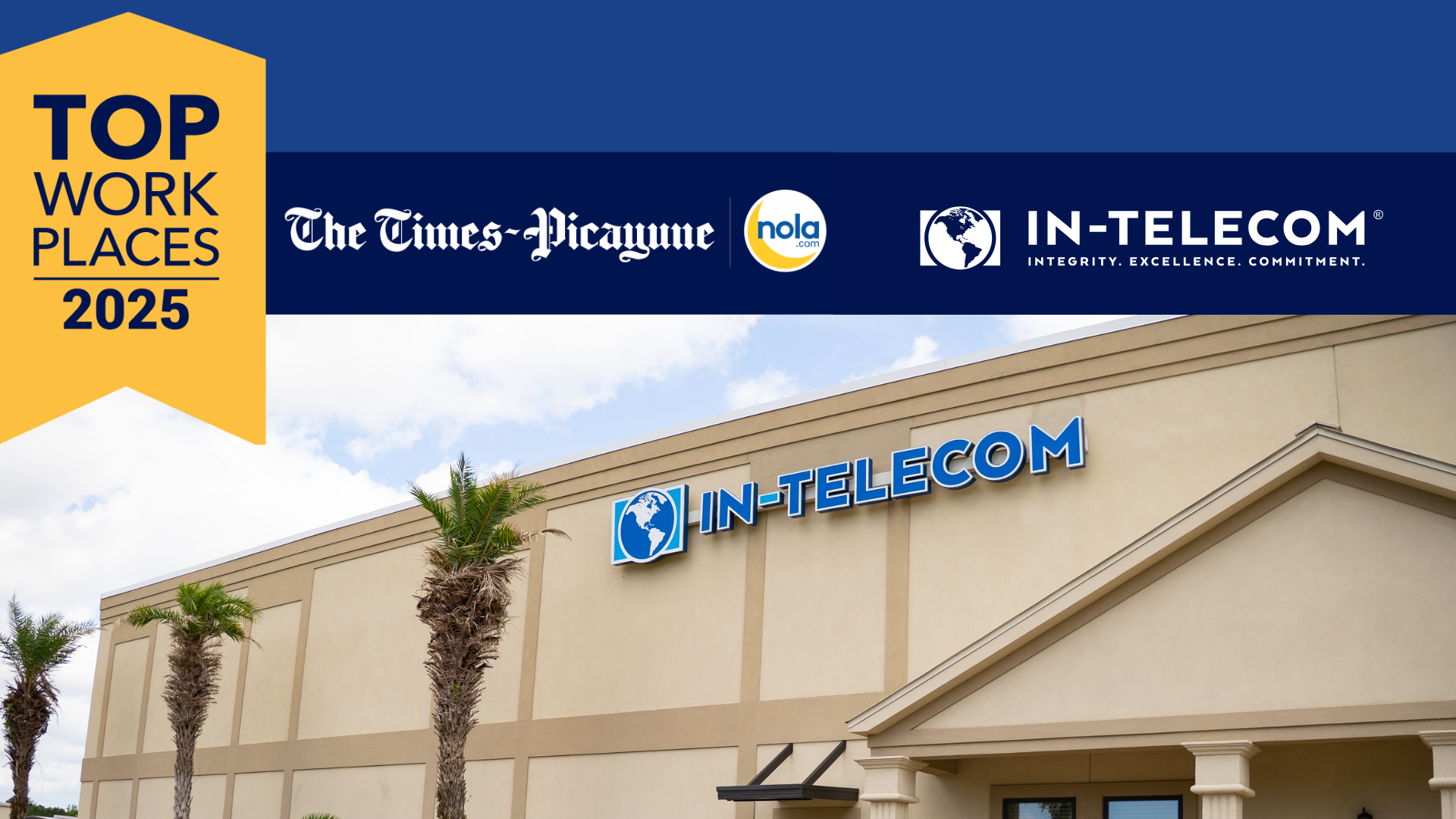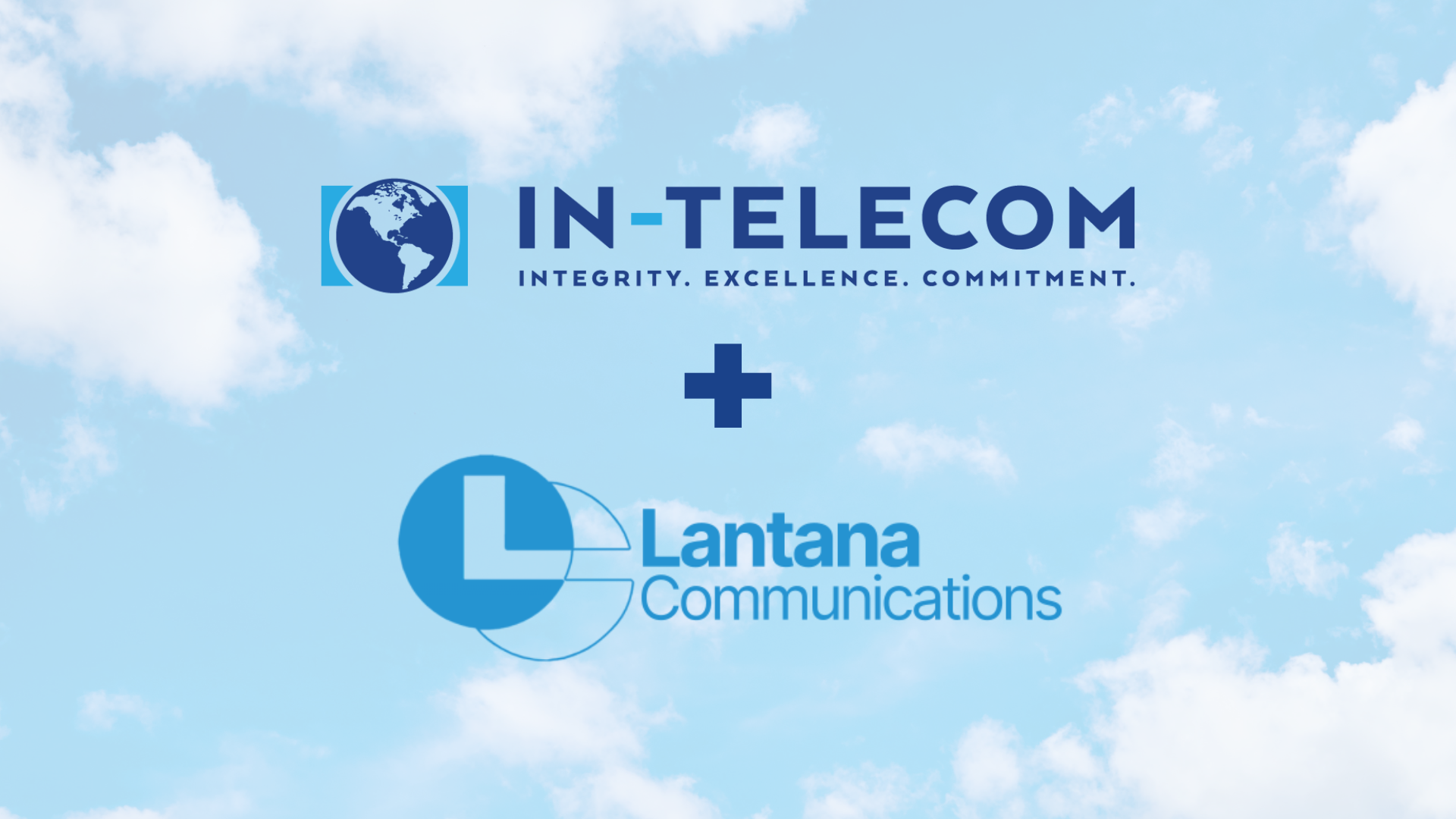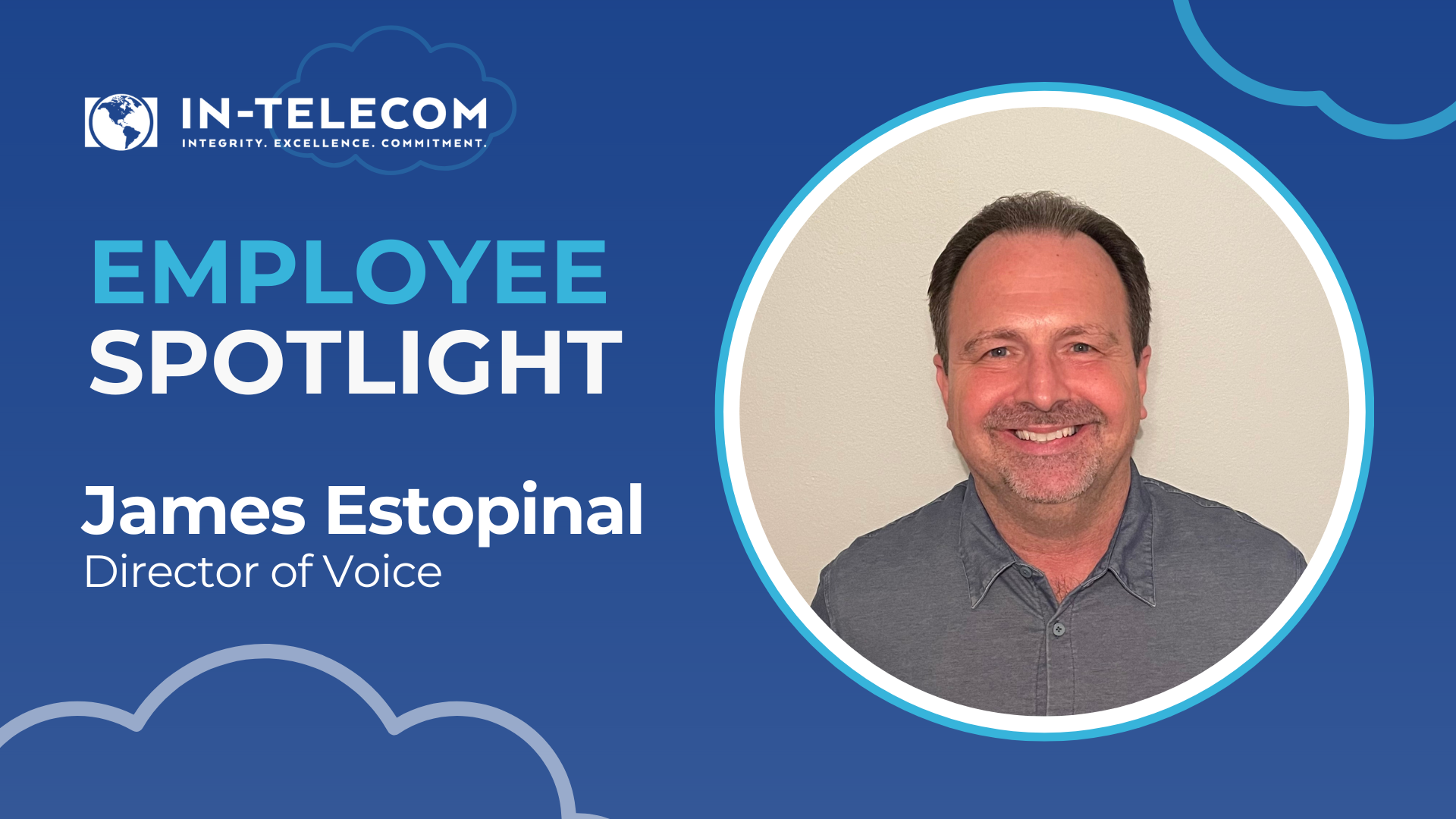In today’s digital age, many of us interact with AI—especially large‑language‑model powered chatbots—for everything from drafting emails to seeking personal advice. As people increasingly “confide” personal details—feelings, health issues, financial troubles, even proprietary business information—the question becomes ever more urgent: what actually happens to that information once entered into an AI system?
1. The Nature of User Input and Its Lifecycle in AI Systems
When you type in a prompt, that data is:
- Captured by the service provider: Most AI platforms log your prompt and the model’s response, both for quality‑control, analytics, and model‑improvement purposes.
- Potentially retained and used for training: Unless explicitly opt‑out, your inputs may be incorporated into future model updates or fine‑tuning datasets.
- Stored in logs: These logs — which may persist indefinitely — can be subpoenaed, breached, or reviewed internally.
A 2021 study highlighted that once sensitive personal information (e.g. healthcare or financial details) enters a conversational AI, it often persists in backend datasets unless actively expunged (Kiplinger).
Stanford’s March 2024 analysis of GenAI and privacy raised similar concerns: even if your input is not used directly to train a model, your entire conversation may reside in logs that could later be accessed or exposed (Stanford HAI).
2. Why People Share Personal Data with AI (and the Risks)
There’s a growing trend—especially among younger users—to treat chatbots like confidants: revealing emotional struggles, relationships, credit card mishaps, or proprietary business issues.
Recent research analyzing over 2.5 million Reddit posts (r/ChatGPT) found users frequently expressed concern about privacy, data persistence, and losing control of shared input over time (The Wall Street Journal, arXiv).
An earlier British survey of 491 respondents confirmed that users worry about data deletion and misuse, and feel powerless once personal info has been shared with AI (arXiv).
Some users believe their conversations are ephemeral—but in many systems they’re not. Even with anonymization, de‑identification can fail: re‑identification techniques can link anonymized data with real identities (e.g., via auxiliary public datasets) (Wikipedia).
3. Data Retention, Logging, and Re‑identification Risks
Logging and retention
AI providers often keep detailed logs to facilitate model improvement, content moderation, and debugging. Unless a firm offers privacy modes or auto-deletion, data may persist indefinitely.
These logs may include not just text prompts, but metadata: timestamps, user identifiers, IP addresses, geographic data, etc. That metadata often dramatically increases re‑identification risk.
De‑identification and its failure modes
De‑identification often involves stripping obvious identifiers, but researchers have repeatedly demonstrated the ease of re‑identification:
- In health data, Latanya Sweeney famously re‑identified Massachusetts governor’s hospital visit records using zip code, DOB, and gender—despite anonymization (Wikipedia).
- Anime vs Netflix ratings: researchers matched anonymized Netflix data with IMDb reviews and reached ~68% identity matches from just two ratings and dates (Wikipedia).
- MRI scans stripped from identifying labels have nonetheless been reconstructed into recognizable faces via AI algorithms (Axios).
Thus, even if conversational AI promises anonymization, combining it with other data sources or model outputs can undo that anonymity.
4. Prompt Injection and Leakage of Other Users’ Input
Security vulnerabilities such as prompt injection can exacerbate risk. A malicious actor could craft inputs that make a model inadvertently reveal private data from other users—a form of data leakage (ScienceDirect, Wikipedia).
OWASP’s Top 10 for LLM applications (2025) ranks prompt injection as the top security risk. This includes both direct injection (user manipulating the behavior of the system) and indirect injection (hidden in documents or websites the AI ingests) (Wikipedia).
If data from previous conversations persists in a model or retrieval system, a prompt injection vulnerability could potentially expose it to another user.
5. Legal, Governance and e‑Discovery Dimensions
Regulatory compliance and data governance
AI systems create complex data governance challenges:
- In legal and corporate settings, prompts and outputs may become discoverable in litigation. Courts are already grappling with whether AI “conversations” and model‑generated text constitute official documentation (Reuters).
- For enterprise AI deployments, organizations must revise records retention policies, legal hold procedures, and train users accordingly (Reuters).
Global legal regimes
Privacy laws predate GenAI. The EU’s GDPR or U.S. data protection laws cannot directly address how personal data is used in AI training pipelines—but regulators are catching up.
For instance, Italy temporarily banned ChatGPT over concerns that it violated GDPR by using personal data without appropriate consent (NYU JIPEL). Lawsuits in the U.S. argue that indiscriminate scraping of copyrighted or personal data to train models may violate privacy or IP rights (NYU JIPEL).
6. High‑Profile Analogous Cases: Lessons from Cambridge Analytica
While not directly about AI, the Facebook–Cambridge Analytica scandal is instructive:
- Data initially collected under one consent (a personality quiz) ended up used without consent for large‑scale profiling of tens of millions of users—some sources estimate up to 87 million Facebook accounts were impacted (Wikipedia).
- Psychographic targeting and misuse of data illustrate how information given in one context can be re‑purposed in harmful ways (Wikipedia).
Similarly, when people divulge personal or corporate info in AI prompts, it may enter into datasets used for purposes unknown to or unintended by the user.
7. Emerging Research & Defensive Techniques
Privacy‑preserving NLP methods
A 2022 systematic review cataloged over 60 methods for privacy‑preserving NLP (e.g. differential privacy, homomorphic encryption, federated learning) (pmc.ncbi.nlm.nih.gov, arXiv).
In healthcare and high‑sensitivity domains, studies emphasize the need for robust techniques to prevent leakage through model training and inference pipelines (ScienceDirect, pmc.ncbi.nlm.nih.gov).
Adversarial “noise” defenses
Interestingly, machine learning vulnerabilities known as adversarial examples may be used defensively: injecting small noise into data can prevent models from correctly re‑identifying users based on behavior patterns, reducing inference risk (WIRED).
However, as the technique matures, attackers may train models to resist adversarial defenses as well.
8. A Skeptical Lens: What Assumptions Are We Making?
Let’s challenge some common assumptions users tend to have:
Assumption: “AI doesn’t remember me, so it’s safe.”
Challenge: Except in clearly documented privacy modes, providers often store everything. Even ephemeral‑looking UIs may save prompts to server logs unless you’re in anonymous or incognito mode.
Assumption: “My data is de‑identified; it’s anonymous.”
Challenge: De‑identification can be reversed or cross‑referenced. Metadata and auxiliary datasets can re‑identify with disturbing ease (e.g. Latanya Sweeney’s work, Netflix/AOL re‑identification) (Wikipedia, Axios).
Assumption: “What I share can’t harm others.”
Challenge: Prompt injection or data pooling means your data might be exposed to other users—not just your own. Think of it as indirect leakage.
Assumption: “AI outputs are ephemeral, not legal records.”
Challenge: Recent court cases (e.g. Tremblay v. OpenAI, 2024) show that prompts and outputs may be subject to e‑discovery and must be accounted for in corporate legal strategy (Reuters).
9. How to Approach Sharing Information with AI: A Practical Guide
Be selective: Never share Social Security numbers, financial credentials, medical records, corporate secrets, or personal identifiable details—even if anonymized—unless using a vetted, privacy‑guaranteed environment (The Wall Street Journal).
Understand provider practices: Review privacy policies. Use services that allow prompt deletion, data opt‑out, or data anonymization. Some providers offer temporary sessions that don’t record history.
Use privacy‑focused alternatives or privacy modes: Certain tools (e.g. Duck.ai, incognito chat) aim to minimize retention. Consider where and how your input is routed and stored (The Wall Street Journal).
Advocate for strong governance: For corporate or enterprise usage, insist on Privacy Impact Assessments (PIAs) and strong data governance—per guidance from organizations like Osano and regulators pushing for structured AI privacy frameworks (osano.com, NYU JIPEL).
Train users and enforce legal compliance: If your organization deploys AI tools, train staff to avoid disclosing secrets or PII. Update records retention, implement legal‑hold policy extensions, and coordinate with legal/compliance stakeholders (Reuters).
10. Looking Ahead: Policy, Technology, and Trust
We are at an inflection point: current laws were written before GenAI existed. Without updated frameworks, users’ rights and protections are ambiguous.
Julia’s Wired essay on generative AI’s slide into a “data slurry” argues that individual responsibility is insufficient—privacy loss is collective, systemic, and inevitable if not addressed at regulatory level (NYU JIPEL, WIRED).
Regulators in the EU and U.S. are moving—Italy’s temporary ChatGPT ban, EU data protection suits, and U.S. class‑action claims highlight that oversight is catching up (NYU JIPEL).
Technologically, research into federated learning, synthetic data, differential privacy, and adversarial privacy techniques aim to reclaim control over user data—but adoption remains limited and uneven (arXiv, ScienceDirect).
📌 Summary: Key Takeaways
Question Reality / Risk Does AI remember what I share? Often yes—unless you use a privacy‑guaranteed mode. Is my data truly anonymous? Not necessarily—de‑identified data can often be re‑identified. Can others retrieve my data? Potentially, via prompt injection or shared retrieval systems. Can shared data become legal evidence? Yes—models’ logs, prompts, and outputs may be discoverable under legal frameworks. Can AI providers resell, reuse data? Some do use inputs to improve models or analytics; terms vary by provider.
Final Perspectives & Recommendations
- Question your assumptions. Don’t assume data is auto‑deleted or that “anonymized” means safe.
- Take a skeptic’s viewpoint. Challenge providers: how long do you retain data, who can access it, and how will it be used?
- Check your reasoning. If you assume your input is private, but logs exist, that assumption is flawed.
- Explore alternate angles. Sometimes a locally hosted model, or privacy‑preserving AI solution, may offer safer choices.
- Demand clarity and governance. Privacy Impact Assessments, user consent, data opt‑outs, and transparency should be non‑negotiable.
Conclusion
As your CIO and CISO, I urge you: yes, AI offers incredible value—but never treat it like another person to whom you can reveal secrets without consequence.
When you “confide” personal or sensitive information—including emotional or proprietary content—you are often entering a system that may log, retain, reuse, or even leak that data—to other users, to legal authorities, or through breach or adversarial exploit.
The frontier of AI security isn’t just adversarial hacking—it’s information governance, user trust, and transparency. Understanding what happens to your data when using AI is no longer optional—it’s essential.

